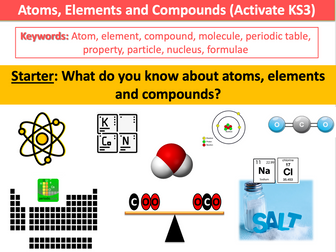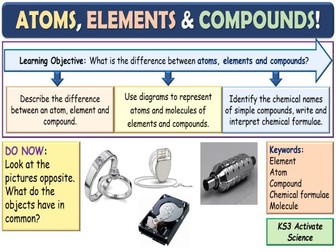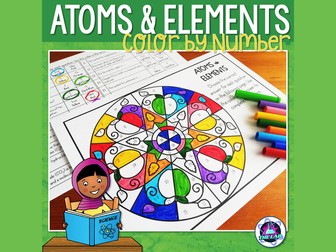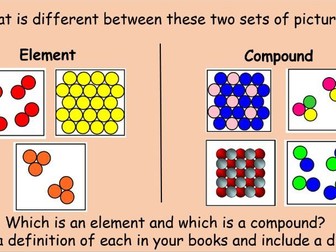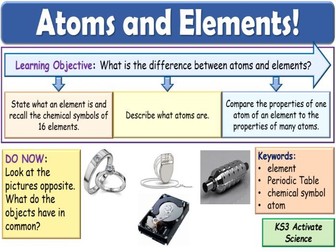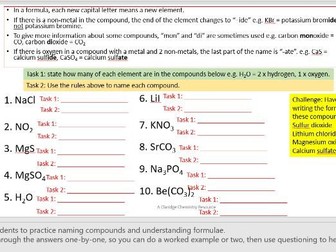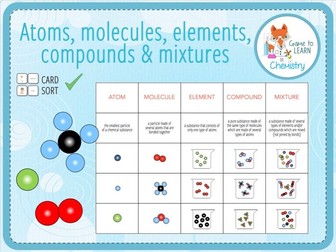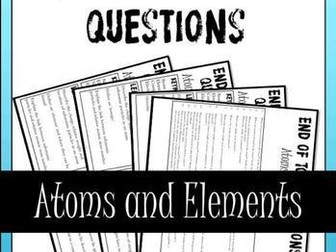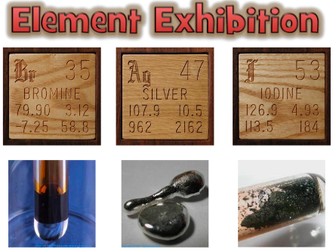Atoms, Elements and Molecules Revision Spread
KS3 Science Edexcel Yr7 Revision Spread and Answer Sheet - Chemistry: Topic 7H Atoms, Elements and Molecules.
This A4 revision spread condenses the Edexcel topic 7H onto one A4 sheet which can be printed off and filled in to aid revision and help summarize the topic.
A full answer sheet is provided which can be used to mark the filled in revision spread and can also be used as a revision poster.
